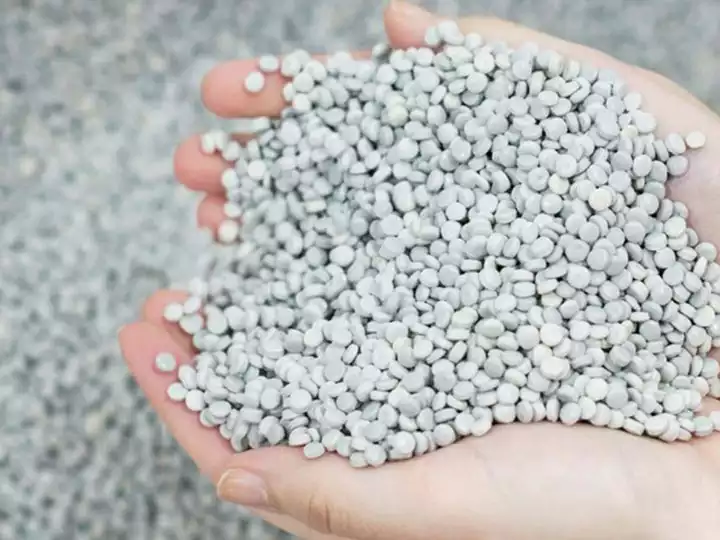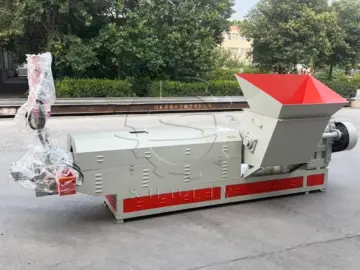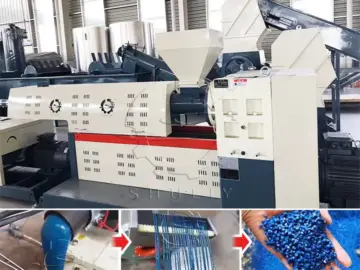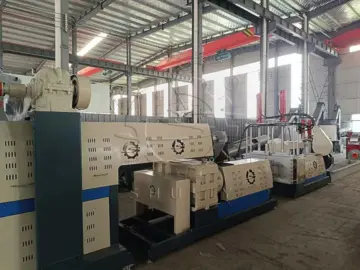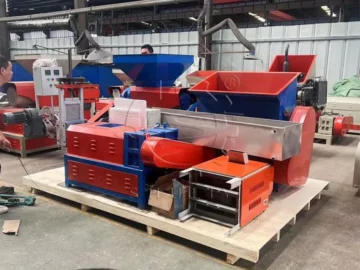Les machines extrudeuses de déchets plastiques, en tant qu'équipement important dans le traitement des plastiques recyclés, et leurs techniques de fonctionnement sont essentielles pour améliorer la qualité des granulés recyclés. Cet article explique comment utiliser un pelletiseur de plastique pour améliorer la qualité des granulés recyclés et ainsi mieux répondre aux défis environnementaux.
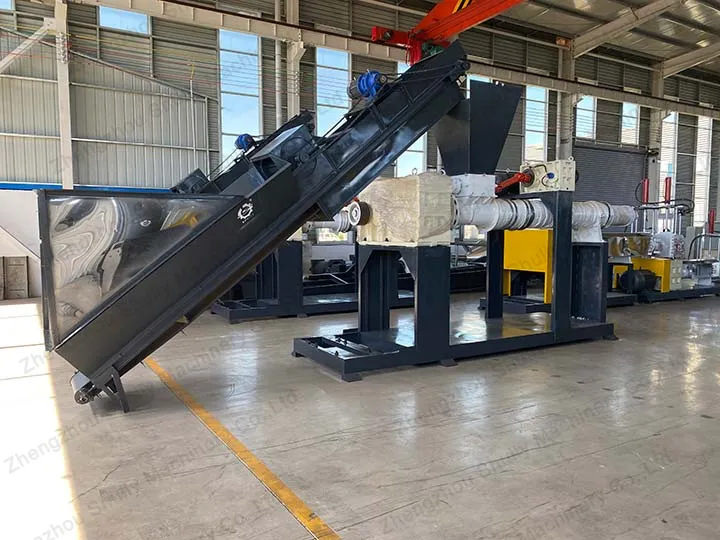
Assurez-vous de la propreté des matières premières
Avant le pelletage avec une machine à extruder des déchets plastiques, il est important de s'assurer de la propreté de la matière première. Les déchets plastiques sont souvent mélangés à des impuretés telles que des résidus alimentaires et de la poussière. Ces impuretés peuvent affecter la qualité des granulés recyclés et le fonctionnement de la machine. Par conséquent, avant l'alimentation, il est important d'effectuer un nettoyage et un criblage approfondis pour garantir la pureté de la matière première.
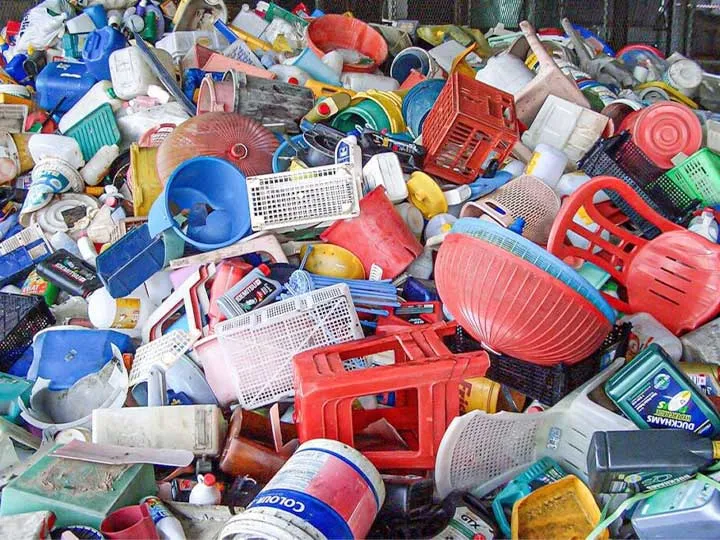
Contrôlez la température et la pression du granulateur
La température et la pression de la machine d'extrusion de déchets plastiques sont des facteurs importants affectant la qualité des granulés recyclés. Une température et une pression appropriées garantissent que le plastique est complètement fondu et uniformément réparti, ce qui donne des granulés recyclés de haute qualité. Des températures et des pressions excessivement élevées ou basses peuvent entraîner une détérioration de la qualité des granulés. Par conséquent, la température et la pression de la machine d'extrusion de granulés plastiques doivent être étroitement surveillées et régulées pendant le fonctionnement.

Sélectionner la bonne machine d'extrusion de déchets plastiques
Différents types de déchets plastiques peuvent nécessiter différents types de granulateurs plastiques pour être traités. Choisir le bon type de machine d'extrusion de granulés plastiques et d'équipement pour s'adapter aux caractéristiques de la matière première est la clé pour améliorer la qualité des granulés recyclés. Par exemple, pour certains déchets plastiques spéciaux, un granulateur plastique spécialement conçu peut être nécessaire pour garantir des résultats de traitement optimaux et une qualité de granulés.
Entretien et service réguliers
Un entretien et un service réguliers sont essentiels pour que la machine d'extrusion de déchets plastiques fonctionne correctement et pour maintenir la qualité des granulés. Des mesures telles que le nettoyage de l'intérieur de la machine, le remplacement des pièces usées et la lubrification de la machine peuvent prolonger la durée de vie de la machine tout en garantissant une qualité de granulés constante.
